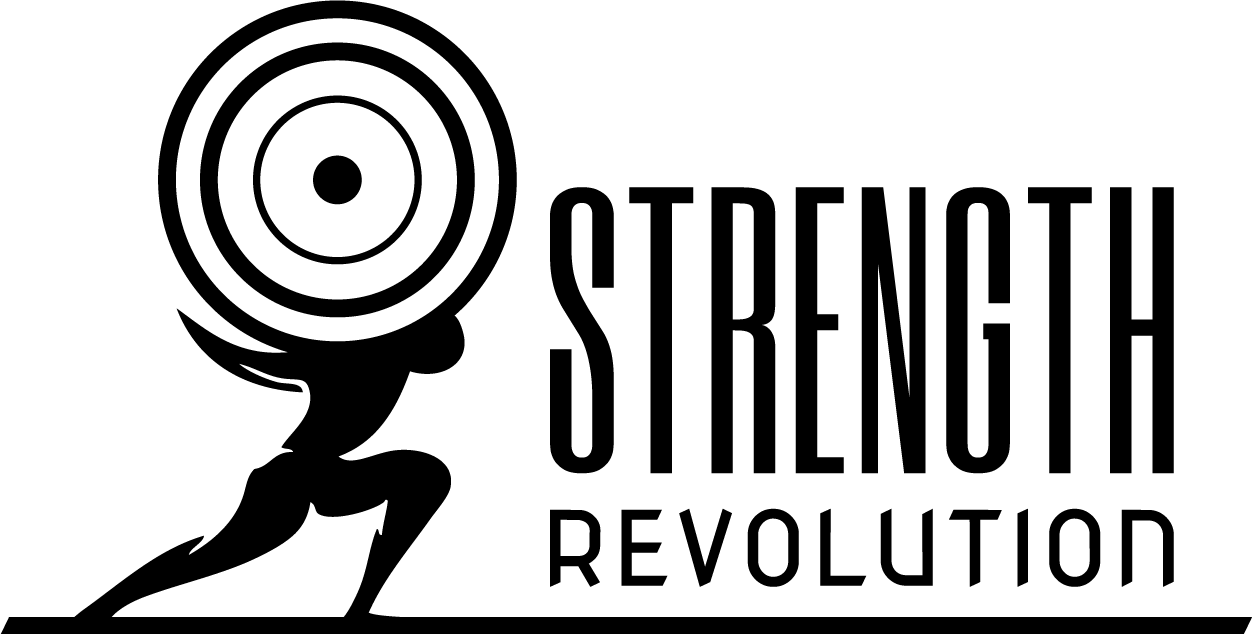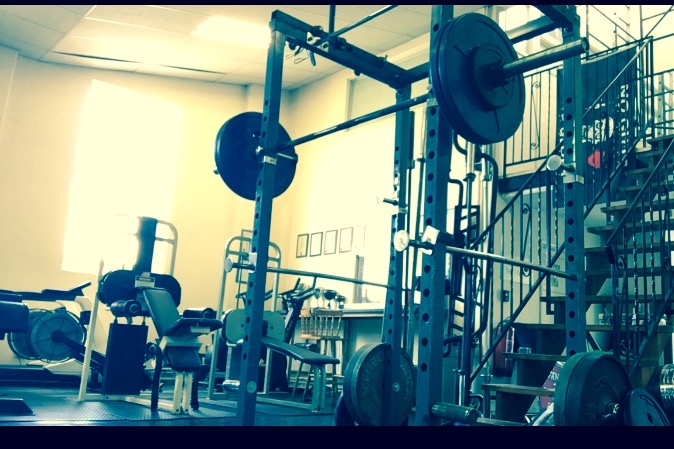The Guide To Choosing A Good Gym
Photo By Christine Roy
Updated: August 2021.
Whether you’re brand new to strength and conditioning or want to change your current gym membership this article is going to help you find the right gym, in particular one that is ideal for strength training and making actual progress in.
Strange as this may seem, the fitness industry model is not entirely geared towards those who want to do actual training.
This means there are gyms out there that lack the simple list of equipment you would use, and frustratingly sometimes even have bizarre gym rules (not allowing chalk) that will further impede your good progress. Fear NOT
I’m going to tell you my tips as a strength coach for finding a great gym that I would choose to do my training in or coach at.
choose a practical location
The best gym with celebrity coaches and clients in is no good to you if it’s unreachable or not practical to fit into your weekly routine.
So my first tip is to find a gym that will work for you logistically and not be oversold on something that may be very trendy and popular, but ultimately unworkable.
Select a gym that you can actually get to either from work (pre, post or lunch hour) home or where you study.
A membership at this gym means you will be able to get on site and train. If you have to drive to a gym then look for convenient parking options too.
Although it’s not the subject of this article, I would suggest that if you have no gym conveniently located within a reasonable distance of where you live or work, then consider investing in a home gym setup.
what Equipment you should check for
If you have a shortlist of gyms within a convenient radius the very next thing to do is to check their website’s to look for a floor plan of the gym or make an in-person visit.
This will show you what equipment is available. You are looking for a space that ideally understands the value in free weight training.
Here is a quick checklist for what you would like to see an abundance of:
Squat/Power Racks. These look like metal cages (pic below). Ideally the gym will have more than one of these (so you don’t have to wait to use it). They should also have safety arms and not just hooks with no safeties.
Barbells. Plenty of full size (7ft) barbells as well as shorter and lighter versions (10kg, 15kg bars) ideal for lifters who are new to training and don't yet have the ability to control the 20kg barbell.
Weight Plates. Of Various sizes and stationed around the gym near the racks/platforms. They range from 1kg to 25kg.
Benches. These are flat benches and ones that are adjustable allowing you to change the angle of the back support and seat of the bench.
Dumbbells. A good selection of dumbbells (pic below) in a rack from 1kg all the way up at least 25kg.
Machines. Very few machines are needed for strength training. The short list is Lat Pull down and Leg Press. Additional equipment for conditioning that is useful to have are one or more of the following: rower, bike, cross trainer and prowler/sled.
Pictured is a squat rack also called power rack, which holds a barbell in place on hooks and has an additional safety feature of two safety arms seen halfway down the rack.
The dumbbell rack should have a wide range of weights from light to heavy.
Making an in-person visit
If all has gone well then it’s now time to make a visit to the gym/s that are on your shortlist.
Websites are not always up to date, sometimes pictures don’t reflect the true gym floor and there can be discounts available at the gym that are not listed online.
These are reasons to see the gym with your own eyes. What I advise you also do is get to meet at least one of the staff to check on the following points:
Chalk. You’re going to be using chalk to securely and safely grip the weights. Is chalk allowed? Strangely some gyms do not permit chalk. This is a deal breaker if so.
Mobile Phones. You don't need to take selfies, but it is practical to film some of your lifts so that form can be reviewed. Again, correctly performed weight training is safe weight training, so if the gym isn’t on board with you taking short clips of some of your lifts then it’s a deal breaker.
Other Equipment. I generally have a bag with me because I have more items for my workout that can be carried in my hands, such as knee sleeves, chalk bag, belt, water, towel, wrist wraps and fractional plates. All things I wouldn’t expect the gym to have, but that are needed during the workout. Ideally a small bag is allowed on the gym floor, or they have lockers close enough to be practical.
Final thoughts on finding a good gym for strength training
Everything that you’ve read up to this point really is the bulk of what you need to know to find a suitable gym to strength train and get in the best shape of you life.
Most of the gyms that offer the kind of training I write about are independent gyms with very reasonable prices. I suggest trying a gym out for a short period perhaps on a pay-as-you-go basis to make sure it’s a good fit.
Corporate gym models will probably over cater and you may find yourself paying a higher price and getting tied into a year long contract for a lot of facilities you’d rarely use, from spa rooms to Olympic swimming pools. However, they are very good options if you are motivated by those features.





